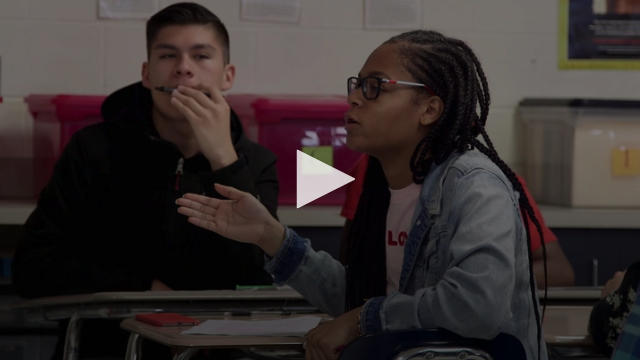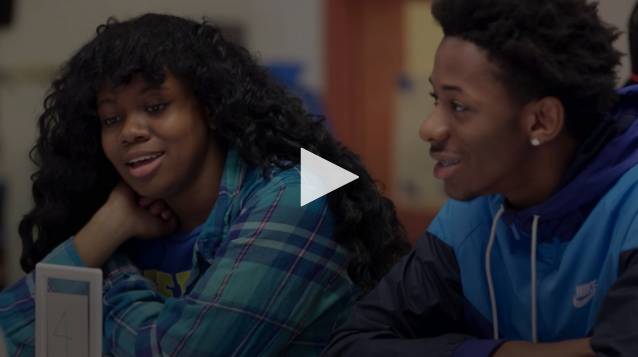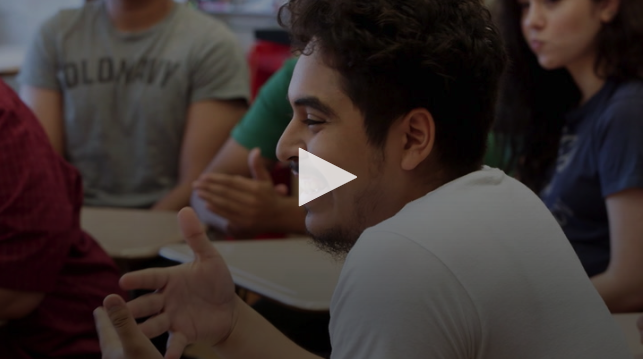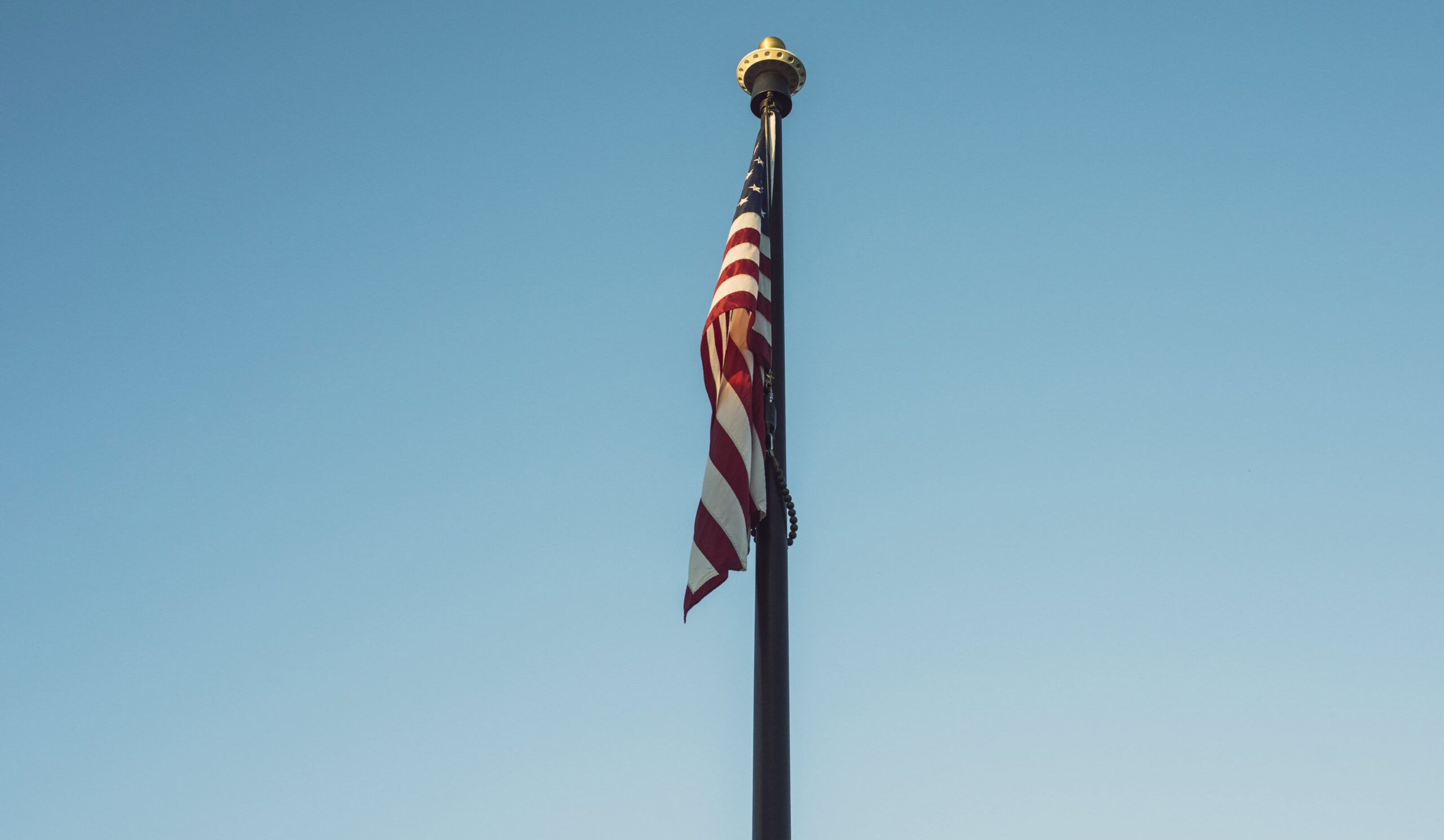Part of our job is to teach young people how to talk with one another, especially with people who have differing views.” — Diana Hess
What does it mean to carry out these jobs, and, in particular, what does it mean in today’s complex political climate?
Today we are more divided along ideological lines than at any point in in the last two decades (Pew, 2017). And the contentious, ineffective discussions amongst politicians are mirrored in our classrooms. A 2017 study found that more than 20% of teachers reported heightened polarization on campus and incivility in their classrooms. For example, a social studies teacher in North Carolina noted: “In my seventeen years I have never seen anger this blatant and raw over a political candidate or issue” (Rogers et al., 2017).
These tensions illustrate why we should consider the role of discussion in our classrooms as a necessary tool for building democratic participation. They can provide the supportive environment necessary for youth to engage in discussion of complex and controversial issues. In discussions that aim to practice democratic skills, students learn how to consider diverse perspectives in forming their own, weigh evidence, listen to and communicate opinions and arguments, and deliberate to build consensus. And because students are often exposed to more diverse political backgrounds and lived experiences in school than in any other setting, classrooms are the ideal place to learn to talk across differences.
Researchers Diana Hess and Paula McAvoy found that when students engaged in high-quality discussion they enjoyed their classes more, were interested in what their peers had to say, deepened their understanding of issues, and didn’t demonize difference.
So what can this look like in the classroom? Watch these three new videos from Chicago Public Schools to find out more.
Discussion is key to our democracy! Learn why and how schools and teachers should help students have civic and political discussions with people who have different opinions from their own. In this video you will hear from district leaders, teachers, students, and leading researchers.

VIDEO: The Importance of High Quality Discussions
Instead of debate, try deliberation in your classroom. In a deliberation, students consider the complexity of a difficult controversial issue in our society and prioritize varied perspectives in order to propose solutions to the problem. Watch Liz Robbins use a deliberation approach called Structured Academic Controversy in her Social Studies classroom. To learn more about this approach, you can also read this blog post: Move Over Debate: It’s Time to Deliberate.

VIDEO: Structured Academic Controversy (SAC)
Learn from teachers and students what educators should consider when integrating student-centered discussion and deliberation in the classroom. Also watch Tanya Nguyen, an English teacher, use the Co-Pilot Strategy with her students where they move between small group and large group collaborative discussions in order to build skills and confidence that enable all students to participate.

VIDEO: Student Centered Civic Discussion & Deliberation
So as you consider how to help students learn to talk to one another across political differences, remember this insight from LaTanya McDade, Chief Education Officer of Chicago Public Schools, which she shared in The Importance of High Quality Discussions video:
“Our classrooms are a microcosm of the world we live in, and we have to remember that when our students come to school they bring all of their lived experiences with them. It really informs how they engage with content, how they work collaboratively with their peers, and how they take in learning from their teachers. So we have to ensure that our classrooms mirror the experiences that are happening in our world because our students are living those experiences whether we discuss them or not. But the classroom creates a safe space for students to have a voice, express how they feel, learn about the history that informs the future, and for them to learn how to participate in a democratic society.”
— LaTanya McDade, Chief Education Officer of Chicago Public Schools
For more information and resources, explore these links:
Productive Civic Discussions: Videos and educational resources focused on civic discussion from the Educating for Democracy Deep Dive.
Controversial Issues: The November/December 2018 edition of Social Education, edited by Diana Hess, focused on discussion of controversial issues.
Talking Across Divides: 10 Ways to Encourage Civil Classroom Conversation On Difficult Issues: A New York Times article by Katherine Schulten with lots of great ideas.
ProCon: Non-profit that provides professionally-researched pro, con, and related information on more than 50 controversial issues.
The Better Arguments Project: Teaching ideas, activities, and strategies provided by Facing History and Ourselves and the Aspen Institute.
- Dialogue Module of the Digital Civics Toolkit: For ideas and resources related to online civic dialogue.






